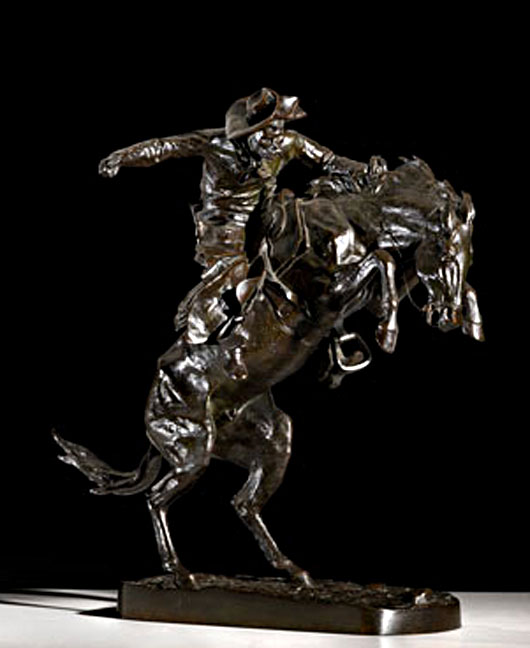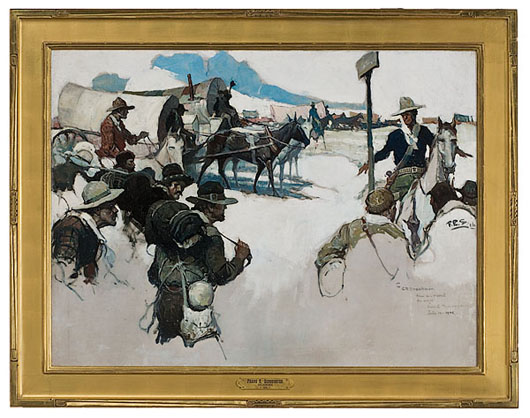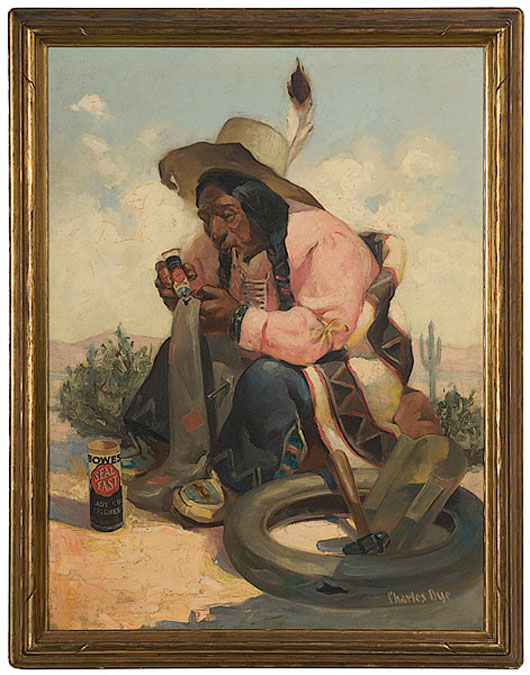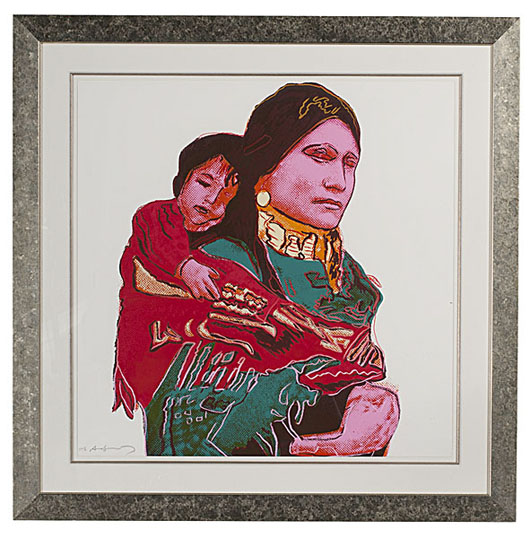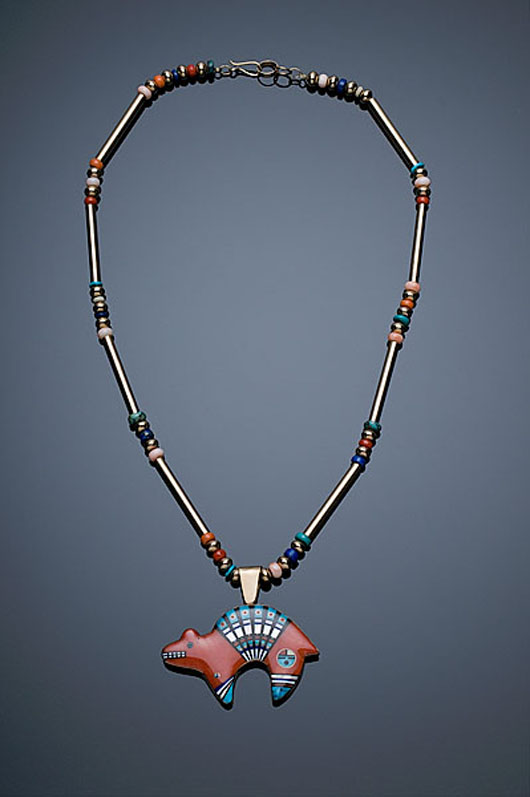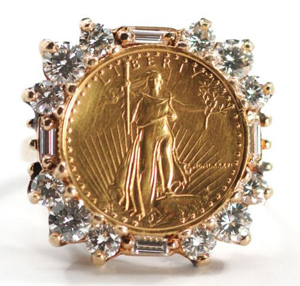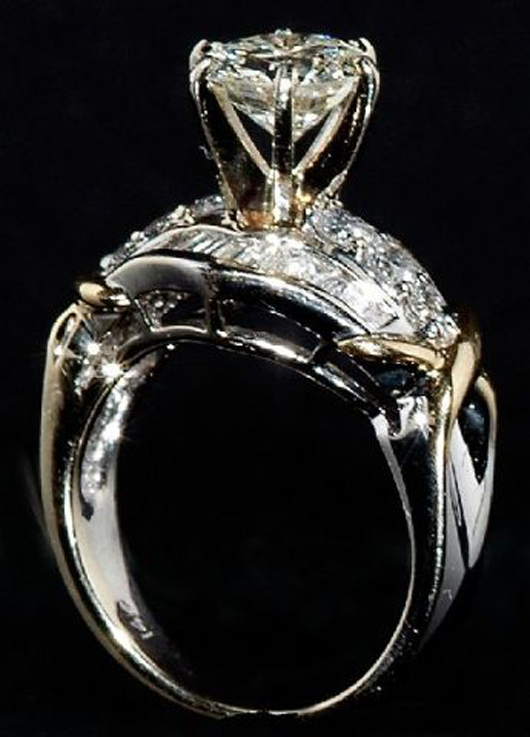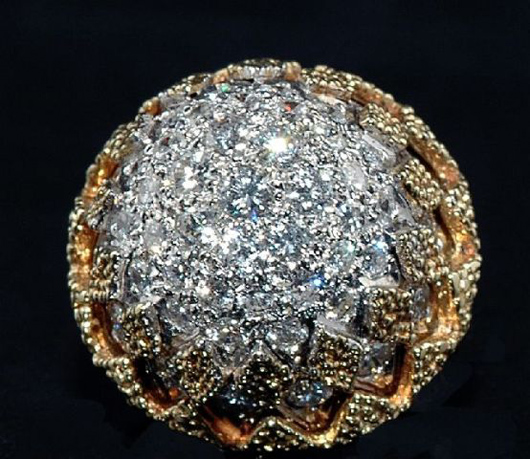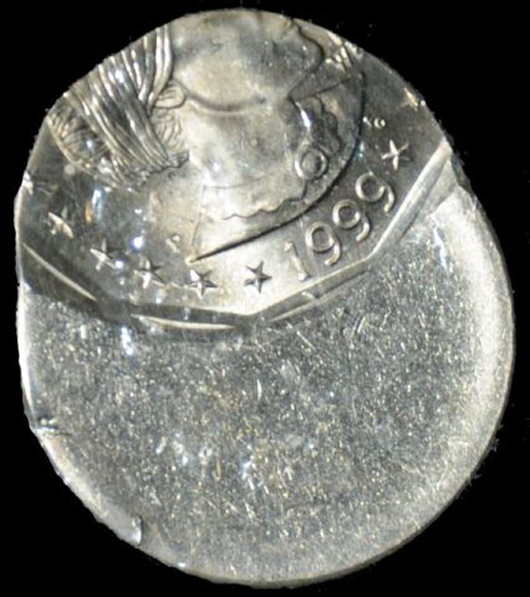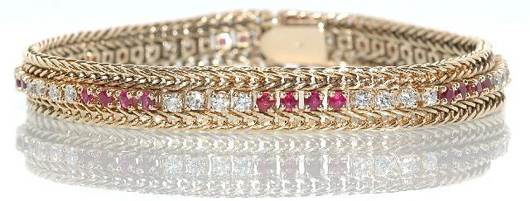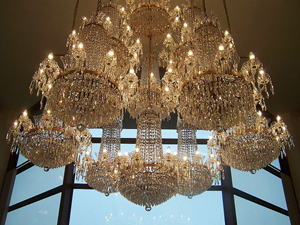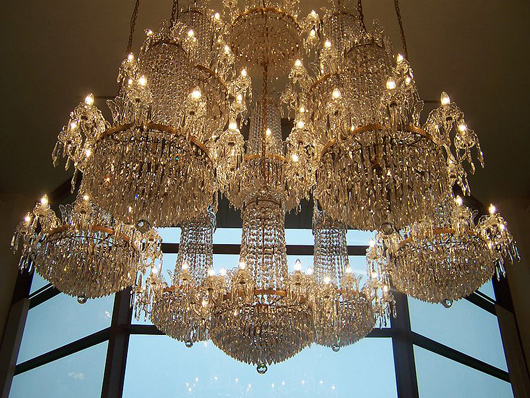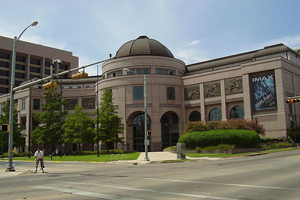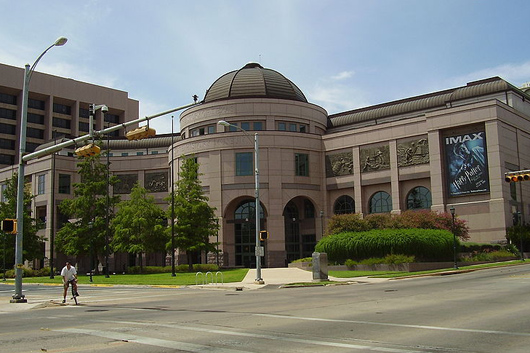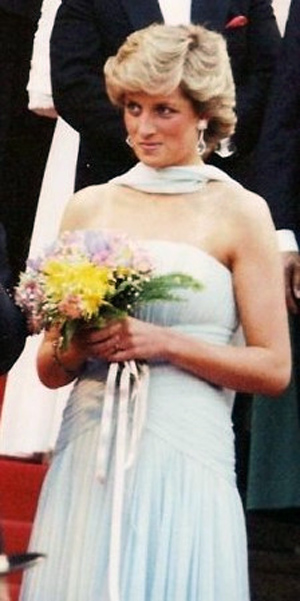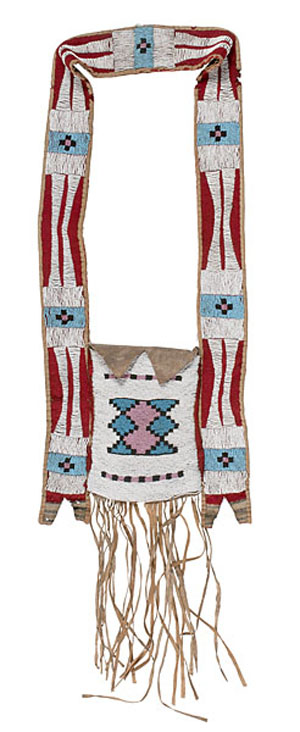
LiveAuctioneers will provide Internet live bidding.
Frederic Remington’s Broncho Buster, cast 37, is estimated to bring anywhere from $200,000-$300,000. This is an early lifetime cast of approximately 90 known to have been produced. The piece was owned by William Cooper Proctor (1862-1934), president of Proctor and Gamble from 1907-1930, and gifted to his niece, noted collector Mary Johnston. According to the ledgers within the substantial archive of the Roman Bronze Works Foundry, salvaged and currently cared for by the Amon Carter Museum of Art in Forth Worth, Texas, this Broncho Buster was cast on Jan. 24, 1906. Currently one of the original Broncho Buster casts resides in the White House’s Oval Office.
An oil on canvas by Frank E. Schoonover, titled The Line Stretched for Miles As It Had Stretched Once Before is expected to sell for $50,000-$75,000. Schoonover, an American illustrator, is well known for his magazine and book illustrations of eclectic material ranging from Western subjects to historical figures like Joan of Arc. In 1903 Shoonover traveled to the West. The ideas for many of his Western works can be traced back to this expedition. In this painting, the artist has depicted a specific historical event, the opening of the Cimarron Strip in Oklahoma.
Cowan’s will be offering an oil on canvas by Charlie Dye titled Good Medicine for a Sick Horse estimated to bring $20,000-$30,000. Dye was part of the second generation of American Western painters and a member of the Cowboy Artists of America, a group of artists that focused on illustrating a waning Western lifestyle.
An Andy Warhol serigraph titled Mother and Child is expected to sell for $15,000-$20,000. Warhol, one of the most prolific 20th century contemporary artists, made this series of Western prints towards the end of his life. The series included this print and nine others, with portraits of famous Western subjects such as John Wayne, Gen. George Armstrong Custer, Geronimo and Annie Oakley.
An Assiniboine beaded hide bandolier bag is estimated at $15,000-$20,000. The bag is thread and sinew-sewn shot pouch using glass bead colors of pony trader blue, black, pink and white.
A Jessie Monongye inlay gold bear necklace is expected to bring anywhere from $14,000-$16,000. The bear is double-sided and shown on the cover of Jerry Jacka’s book Beyond Tradition. The black bear has an incredibly detailed micromosaic night scene complete with planets, moon, comet and stars.
A painting by American artist Nick Eggenhoffer, titled Landscape with Indians, is estimated at $10,000-$15,000.
A Navajo multiple pattern Germantown weaving is expected to bring $8,000-$10,000. There are two types of multiple pattern Germantowns, and both are rare. There are approximately 12 known examples that can be documented, all woven between the 1880s and 1895.
An Eastern Cree shot pouch and powder horn set is estimated at $8,000-$10,000. A lot of two, both pieces are backed with patterned cotton. The thread is sewn using small glass beads in colors of pony trader blue, white, pink, clear, amber, pea green, white and cobalt.
A Pueblo polychrome painted hide shield is estimated at $8,000-$10,000. Detailed with an Avanyu on the top half and an abstract design with lighting bolts and dots on the lower half, the shield is painted in red, green, yellow and black.
A Bering Sea Eskimo ivory pipe with pipe tamper is expected to hammer down anywhere between $7,000-$9,000. Having a golden patina, the pipe is incised using black and red ink to depict seals, wolves, walrus, dogfish and caribou.
A Sioux beaded hide cradle is estimated at $6,000-$8,000. Sinew sewn and full beaded using bead colors of red white-heart, dark blue, pea green, greasy yellow and white, the cradle comes from the Fraser Douglass collection.
A Crow beaded buffalo hide scabbard is estimated at $10,000-$15,000.
A Chippewa beaded cradleboard is expected to bring anywhere from $15,000-$20,000. The 19th century cradleboard is thread-sewn using bead colors of red white-heart, pink, white, pony trader blue, light blue, pea green, greasy yellow and pumpkin.
A Tonawanda Seneca false face staff is expected to bring $6,000-$8,000. Finely carved with the head of the cane featuring a slightly closed hand holding a red painted false face maskette; the body of the cane is wrapped with two snakes, the smaller of the two eats a frog; engraved on the head of the larger snake is G.A.M. 1841, probably for George Moses, an important Seneca headman.
A Tlingit Chilkat child’s blanket is estimated to bring $10,000-$15,000.
To learn more about Cowan’s visit their website at www.cowans.com.
ADDITIONAL LOTS OF NOTE
